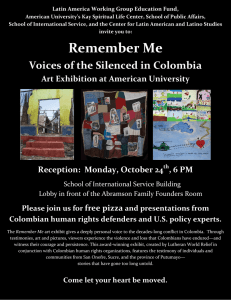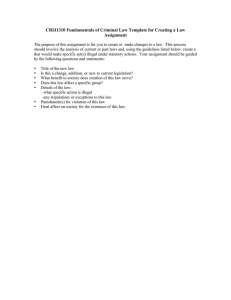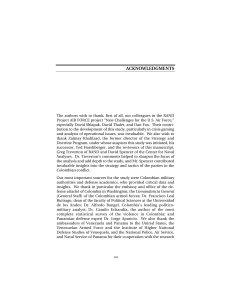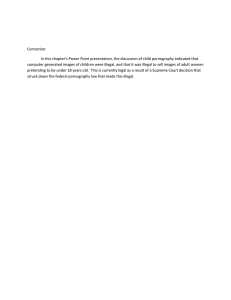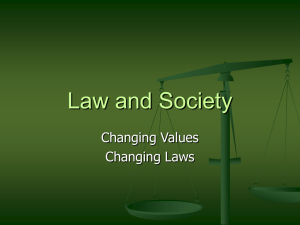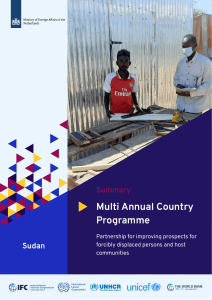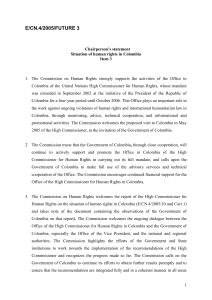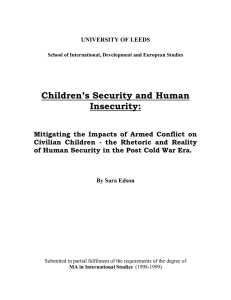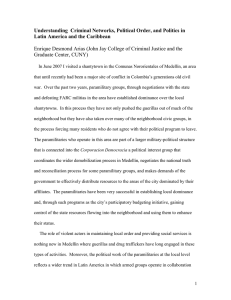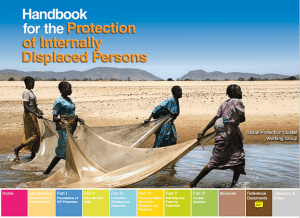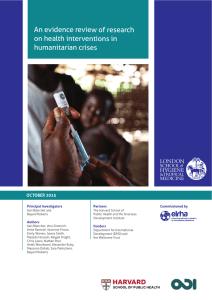COLOMBIA border areas
advertisement
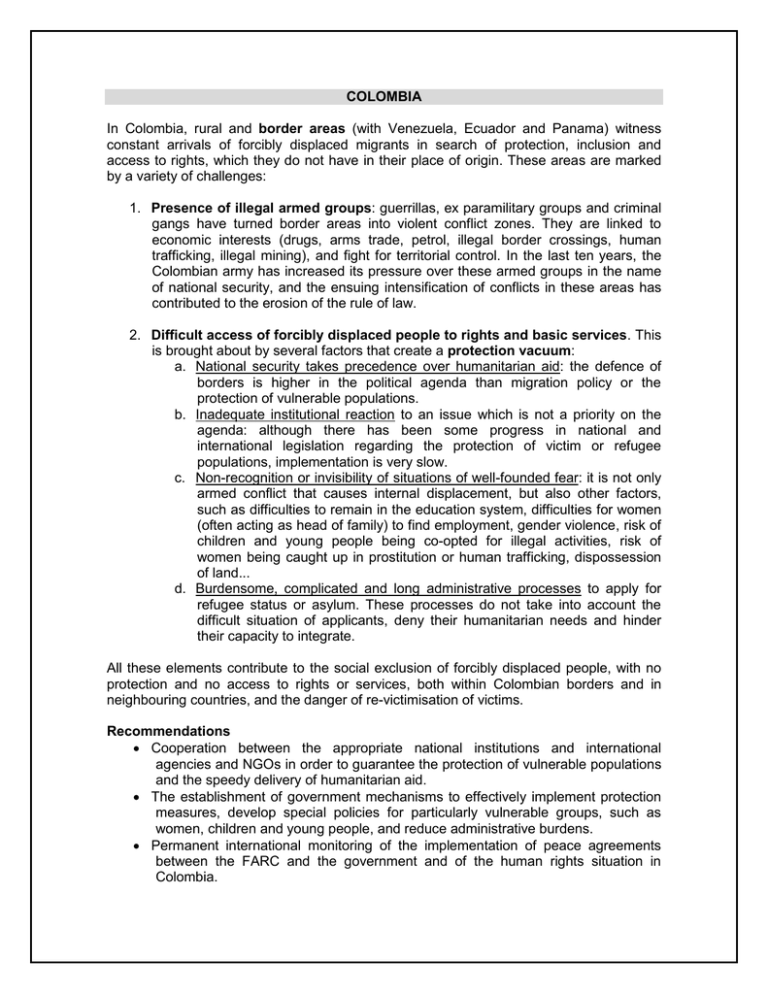
COLOMBIA In Colombia, rural and border areas (with Venezuela, Ecuador and Panama) witness constant arrivals of forcibly displaced migrants in search of protection, inclusion and access to rights, which they do not have in their place of origin. These areas are marked by a variety of challenges: 1. Presence of illegal armed groups: guerrillas, ex paramilitary groups and criminal gangs have turned border areas into violent conflict zones. They are linked to economic interests (drugs, arms trade, petrol, illegal border crossings, human trafficking, illegal mining), and fight for territorial control. In the last ten years, the Colombian army has increased its pressure over these armed groups in the name of national security, and the ensuing intensification of conflicts in these areas has contributed to the erosion of the rule of law. 2. Difficult access of forcibly displaced people to rights and basic services. This is brought about by several factors that create a protection vacuum: a. National security takes precedence over humanitarian aid: the defence of borders is higher in the political agenda than migration policy or the protection of vulnerable populations. b. Inadequate institutional reaction to an issue which is not a priority on the agenda: although there has been some progress in national and international legislation regarding the protection of victim or refugee populations, implementation is very slow. c. Non-recognition or invisibility of situations of well-founded fear: it is not only armed conflict that causes internal displacement, but also other factors, such as difficulties to remain in the education system, difficulties for women (often acting as head of family) to find employment, gender violence, risk of children and young people being co-opted for illegal activities, risk of women being caught up in prostitution or human trafficking, dispossession of land... d. Burdensome, complicated and long administrative processes to apply for refugee status or asylum. These processes do not take into account the difficult situation of applicants, deny their humanitarian needs and hinder their capacity to integrate. All these elements contribute to the social exclusion of forcibly displaced people, with no protection and no access to rights or services, both within Colombian borders and in neighbouring countries, and the danger of re-victimisation of victims. Recommendations Cooperation between the appropriate national institutions and international agencies and NGOs in order to guarantee the protection of vulnerable populations and the speedy delivery of humanitarian aid. The establishment of government mechanisms to effectively implement protection measures, develop special policies for particularly vulnerable groups, such as women, children and young people, and reduce administrative burdens. Permanent international monitoring of the implementation of peace agreements between the FARC and the government and of the human rights situation in Colombia.
